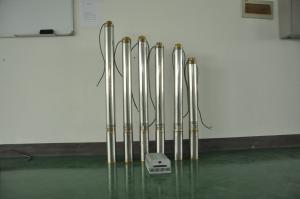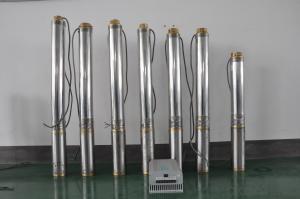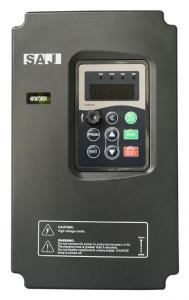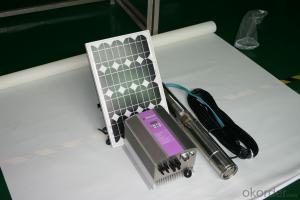Solar water pump for drinking water
- Loading Port:
- Shanghai
- Payment Terms:
- TT OR LC
- Min Order Qty:
- -
- Supply Capability:
- 300 set/month
OKorder Service Pledge
Quality Product, Order Online Tracking, Timely Delivery
OKorder Financial Service
Credit Rating, Credit Services, Credit Purchasing
You Might Also Like
how is the rotor made:
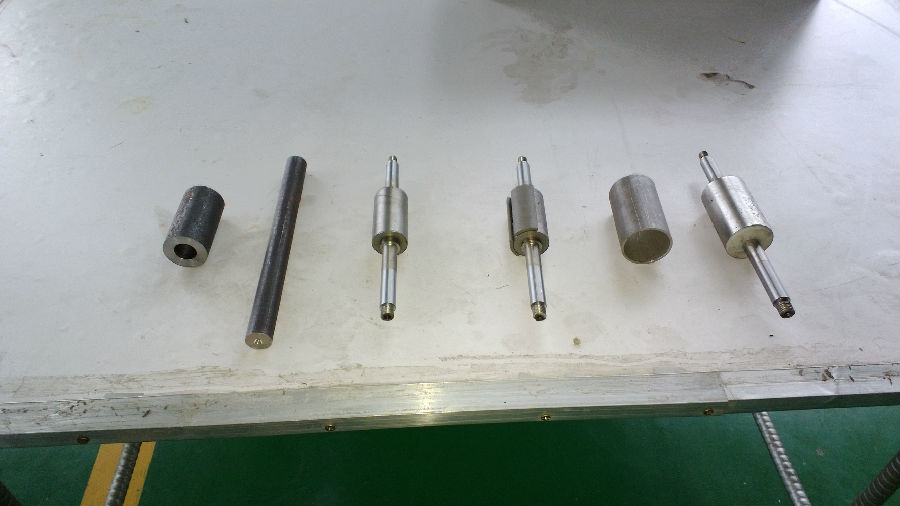
how is the motor made:
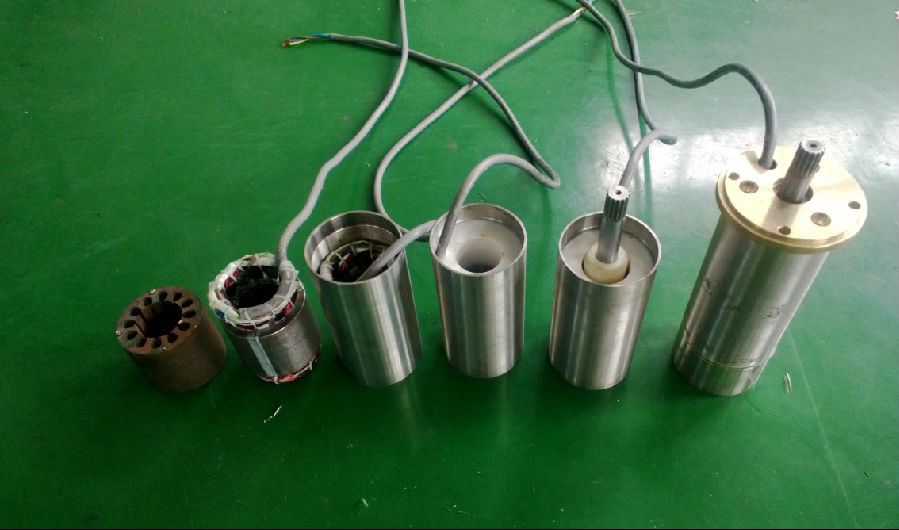
the pump :

controller terminal connection:
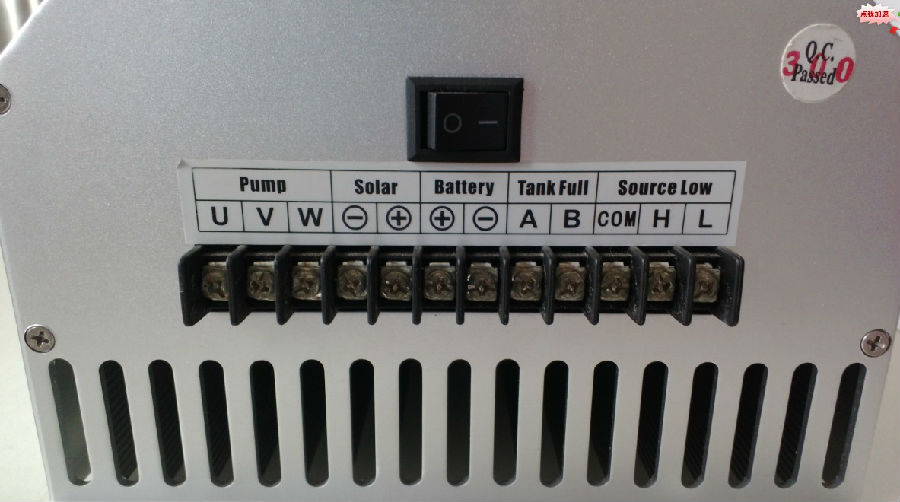
The permanent magnet:
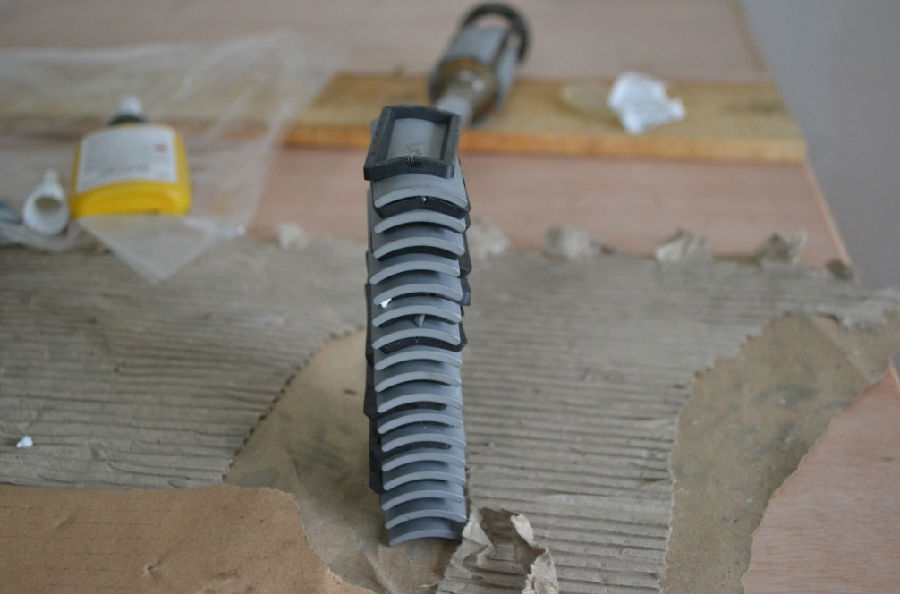
the impeller:

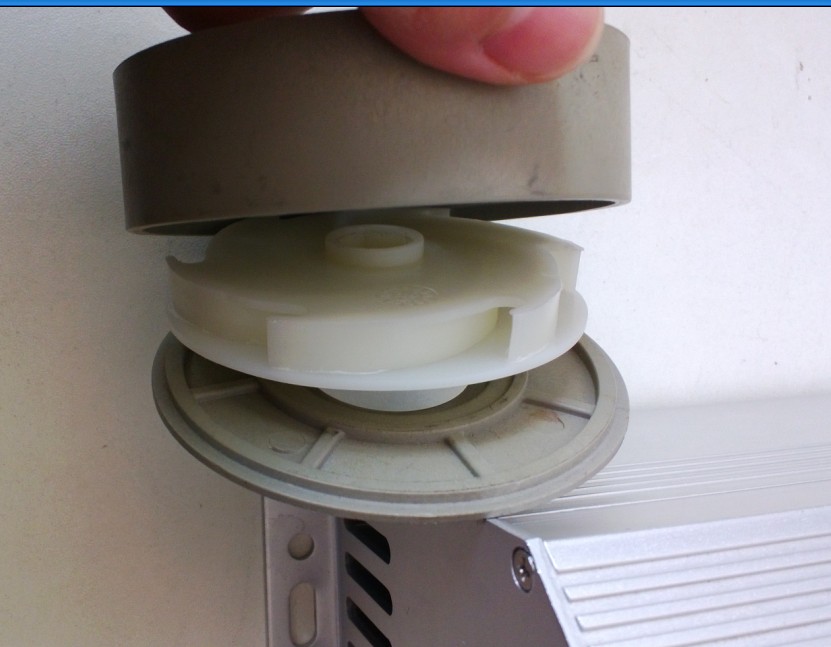
controller box:
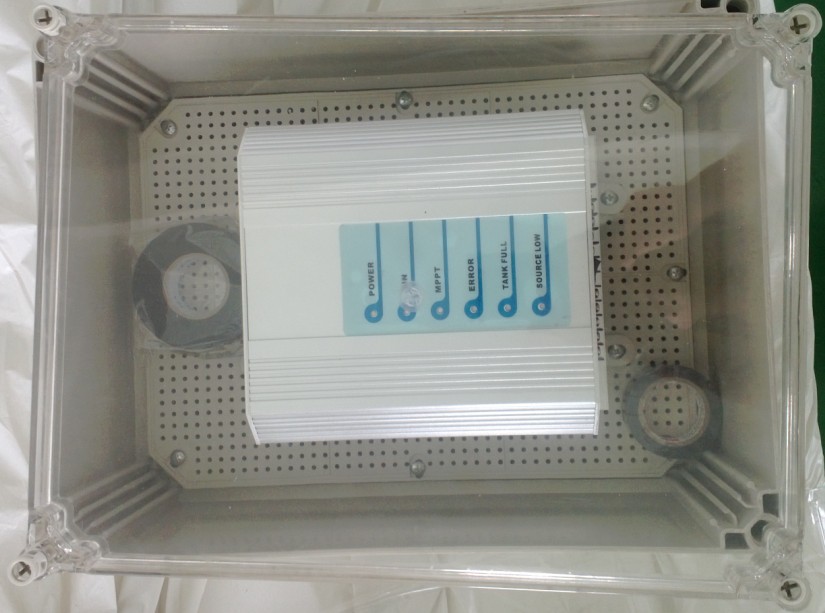
the senors:
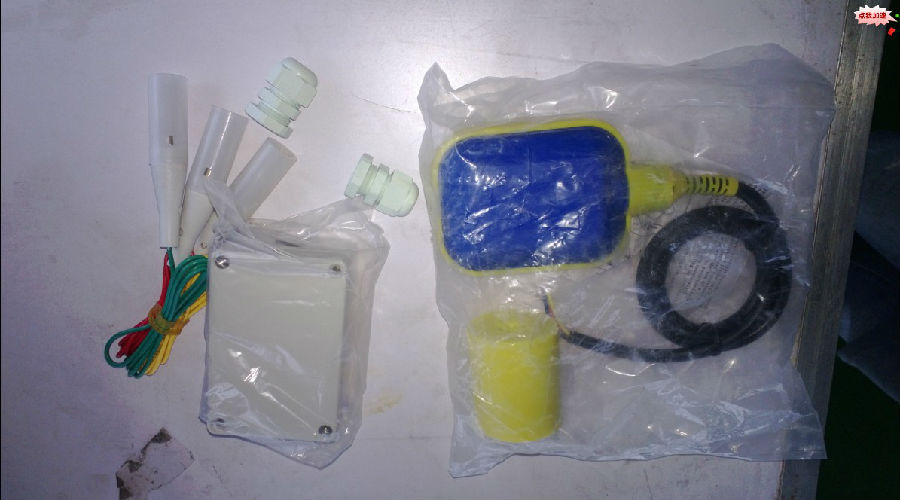
the test:
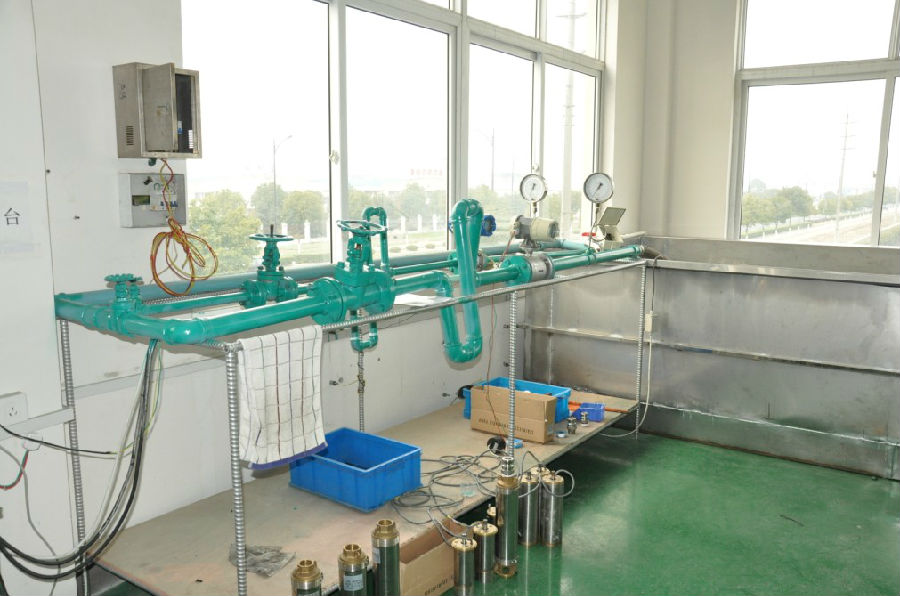
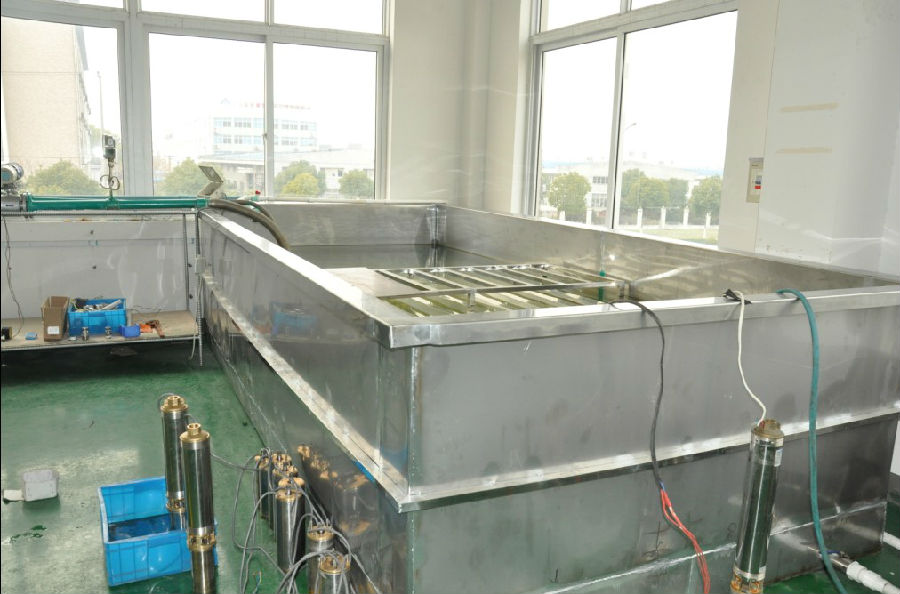
the application:


the package:
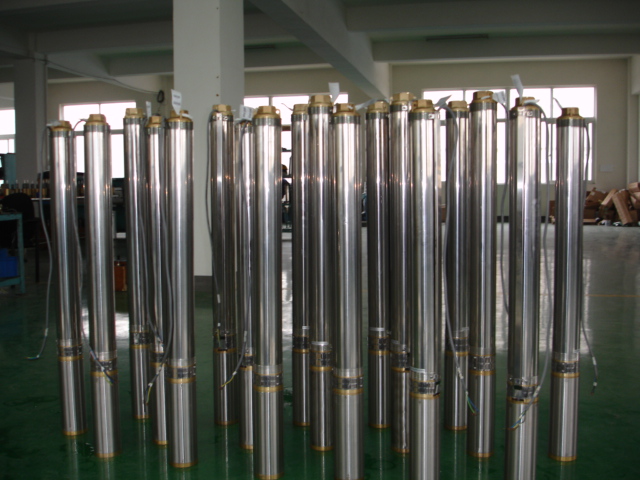
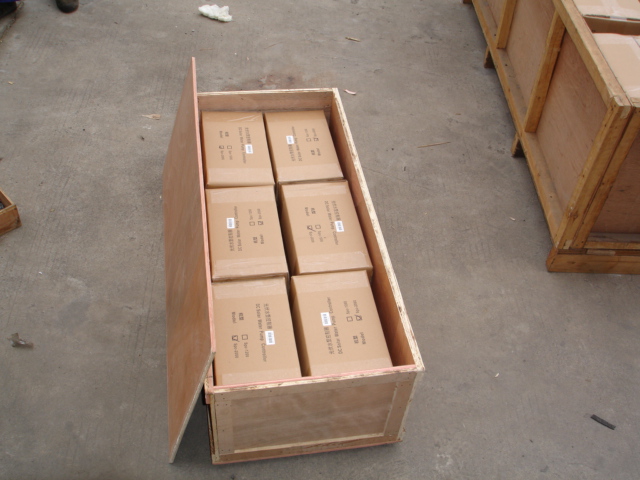
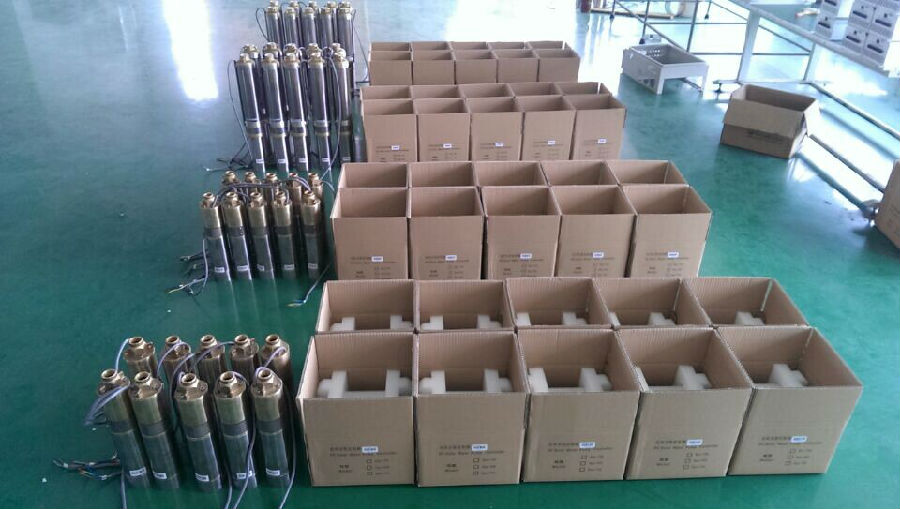
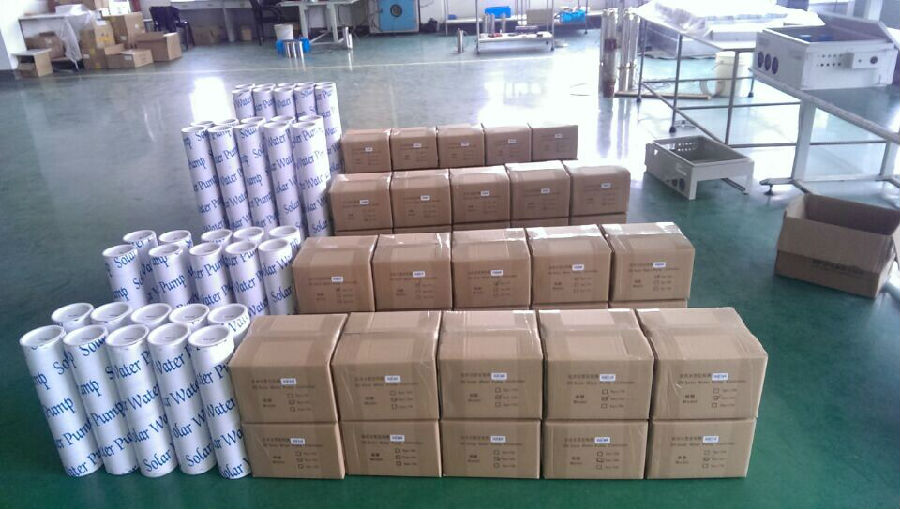

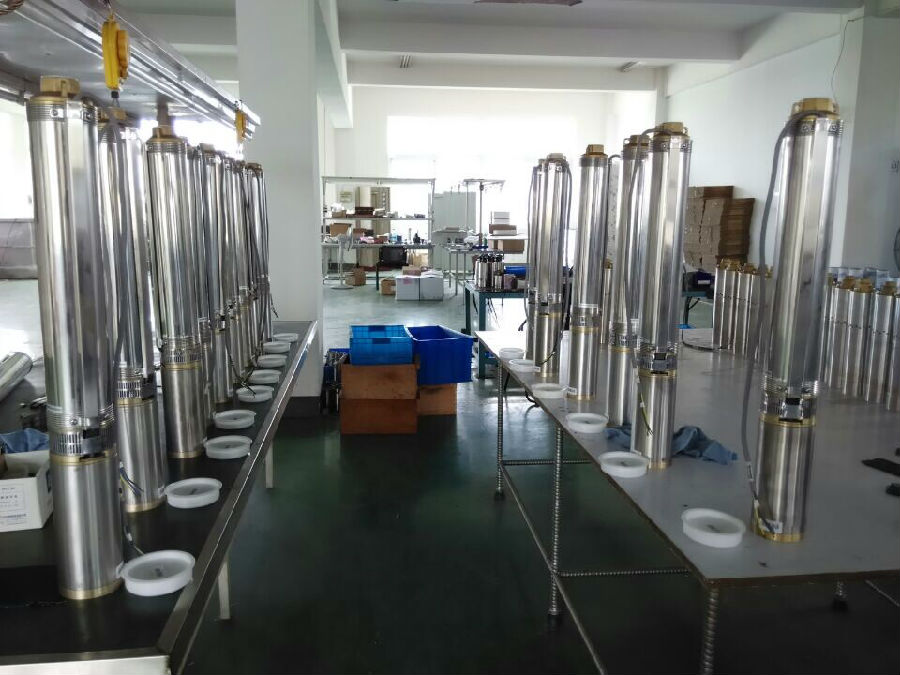
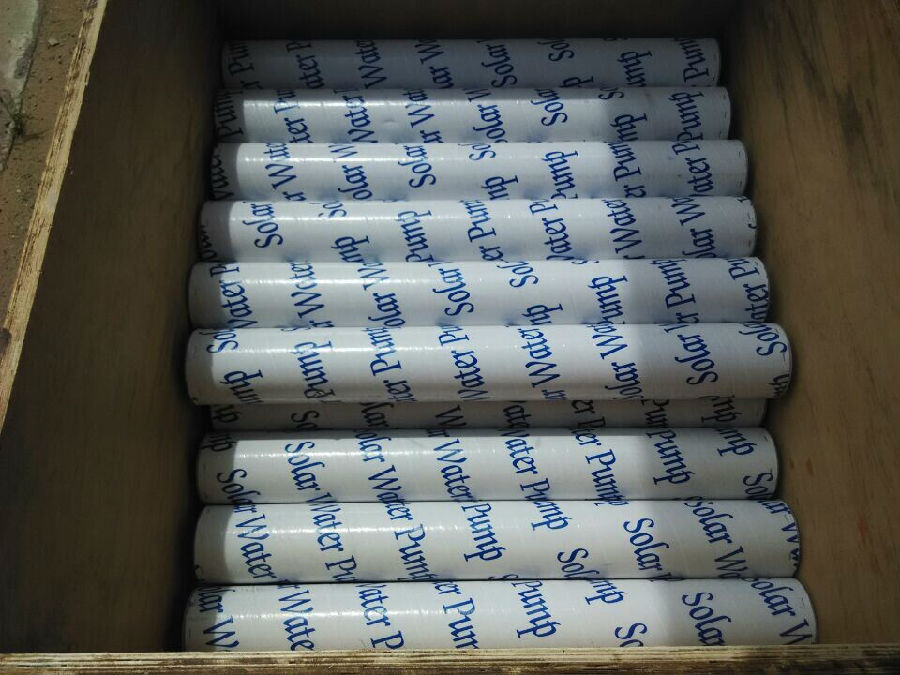
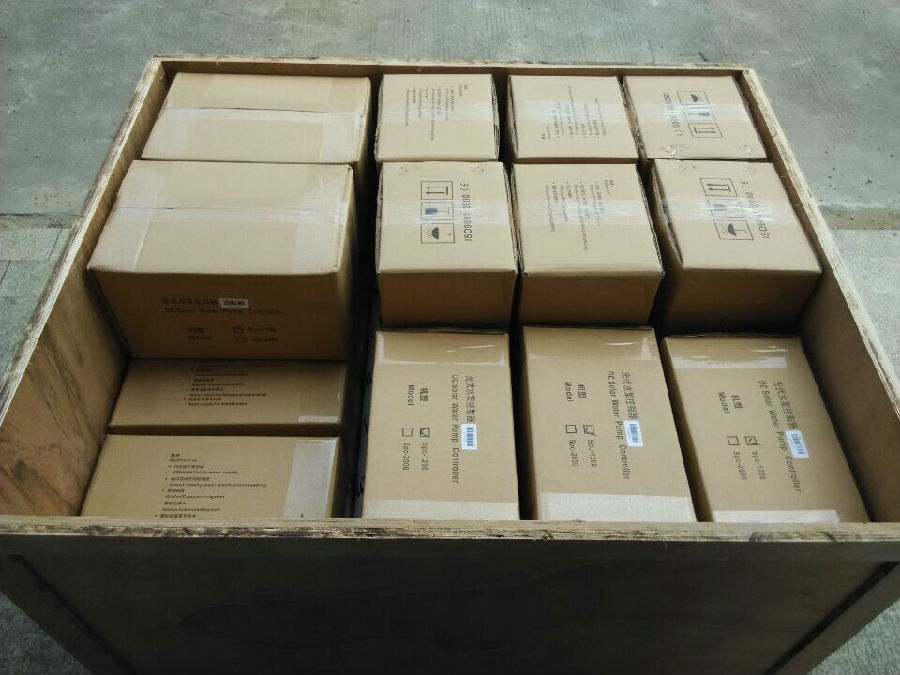
- Q:Can a solar pump be used for irrigation in hilly or sloping terrains?
- Indeed, irrigation in hilly or sloping terrains can be achieved using a solar pump. These pumps are incredibly versatile, allowing them to be installed in various locations, including areas with hilly or sloping terrains. They operate solely on solar energy, eliminating the need for a grid connection or fuel consumption. Consequently, solar pumps are exceptionally well-suited for remote and challenging terrains. Furthermore, they can be installed at different levels to effectively distribute water across the slope, ensuring efficient irrigation. By utilizing solar pumps, one can achieve sustainable and environmentally friendly irrigation in such terrains, thereby reducing reliance on traditional energy sources and minimizing the carbon footprint.
- Q:What are the maintenance requirements for a solar pump?
- Compared to traditional pumps, the maintenance requirements for a solar pump are relatively low. However, to ensure optimal performance and longevity of the system, it is essential to perform regular checks and maintenance tasks. A primary maintenance requirement is to keep the solar panels clean and free of debris. Dust, dirt, or other obstructions can reduce the efficiency of the panels and decrease the pump's output. It is crucial to inspect and clean the solar panels regularly, especially in dusty or windy areas, to maximize energy generation. It is also important to periodically inspect and clean the pump and its components. This includes checking for leaks, loose connections, or signs of wear. Maintaining all components in good condition helps prevent potential malfunctions or breakdowns. Another maintenance requirement is monitoring the water source for blockages or contaminants. Depending on the water quality, filters or strainers may need regular cleaning or replacement to prevent clogging and maintain a steady water flow. For off-grid solar pump systems, it is vital to monitor the battery system. Checking the battery voltage, electrolyte levels (for lead-acid batteries), and ensuring proper charging are necessary for longevity and reliability. Regular inspections of the mounting structures, wiring, and electrical connections are crucial. These components should be secure and free from damage or corrosion to maintain a safe and efficient system. Lastly, it is recommended to have a professional technician or installer conduct an annual maintenance check to ensure all components are functioning correctly and to address any potential issues. They can perform more in-depth inspections, tests, and provide necessary repairs or replacements. By following these maintenance requirements, a solar pump can operate efficiently and reliably for many years, providing a sustainable and cost-effective solution for water pumping.
- Q:How does the angle or tilt of the solar panels affect the performance of a solar pump?
- The angle or tilt of the solar panels plays a crucial role in determining the performance of a solar pump. The angle at which the panels are installed affects their ability to capture sunlight efficiently and convert it into electricity. Ideally, solar panels should be tilted at an angle that maximizes their exposure to sunlight throughout the day. The optimal angle differs depending on the geographical location of the installation and the time of year. For example, in the northern hemisphere, the panels should be tilted at an angle equal to the latitude of the location for maximum solar energy absorption during the summer months. Similarly, during the winter months, adjusting the tilt angle to a steeper angle allows the panels to capture sunlight more directly when the sun is lower on the horizon. If the panels are not properly tilted, their surface area exposed to sunlight may be reduced, resulting in decreased energy generation. A lower tilt angle may cause the panels to receive less direct sunlight, leading to a lower efficiency in converting sunlight into electricity. On the other hand, a steeper tilt angle may increase the amount of direct sunlight absorbed, but it can also lead to potential shading issues if nearby objects obstruct the panels. Therefore, finding the optimal tilt angle for solar panels is essential to ensure the highest possible performance of a solar pump. Regular monitoring and adjustment of the panel tilt angle can help maximize energy production and optimize the system's overall efficiency.
- Q:How does a solar pump handle variations in sunlight?
- A solar pump typically incorporates a control system that adjusts the speed or power output of the pump in response to variations in sunlight. This allows the pump to maintain a consistent flow rate, even when sunlight intensity changes throughout the day or in different weather conditions.
- Q:Can a solar pump be used for geothermal heating and cooling?
- No, a solar pump cannot be used for geothermal heating and cooling. Geothermal heating and cooling systems rely on the natural heat from the earth's core to provide heating and cooling for buildings. These systems typically use a series of underground pipes to circulate a heat transfer fluid, such as water or antifreeze, which absorbs heat from the ground in winter and releases heat into the ground in summer. On the other hand, solar pumps are designed to harness energy from the sun to power various applications, such as pumping water or circulating fluids. They are not specifically designed to tap into or utilize geothermal energy. While solar energy can be used to power other components of a geothermal system, such as pumps or fans, it cannot replace the geothermal heat exchange process that is fundamental to these systems.
- Q:Can a solar pump be used for irrigation in hilly areas?
- Yes, a solar pump can be used for irrigation in hilly areas. Solar pumps are a great solution for remote and off-grid areas where access to electricity may be limited. In hilly areas, the elevation difference can be utilized to generate the necessary pressure to pump water for irrigation purposes. Solar pumps can efficiently lift water from lower elevations to higher elevations using solar energy, making them suitable for hilly terrains. Additionally, solar pumps are environmentally friendly and cost-effective, as they do not require fuel or electricity from the grid. They can be easily installed and maintained, providing a sustainable and reliable solution for irrigation in hilly areas.
- Q:How do solar pumps handle water with high pesticide or herbicide content?
- Solar pumps do not have any specific mechanism to handle water with high pesticide or herbicide content. However, the use of solar pumps in such situations can help reduce the environmental impact of pumping contaminated water as they do not contribute to the pollution themselves. To ensure safe usage, it is recommended to implement proper filtration or treatment systems to remove or minimize the presence of pesticides or herbicides in the water before it is pumped.
- Q:Can a solar pump be used in areas with extreme weather conditions?
- Yes, solar pumps can be used in areas with extreme weather conditions. They are designed to withstand various weather conditions, including high temperatures, heavy rains, and even freezing temperatures. Additionally, solar pumps are often equipped with protective features such as weatherproof enclosures and durable materials to ensure their performance and longevity in challenging environments.
- Q:Can a solar pump be used for water circulation in a hot tub or spa?
- Yes, a solar pump can be used for water circulation in a hot tub or spa. Solar pumps are designed to utilize solar energy to power the circulation of water. They are a sustainable and eco-friendly alternative to traditional pumps that require electricity. By using solar energy, these pumps can effectively circulate water in a hot tub or spa, providing a constant flow and ensuring proper filtration and heating. Solar pumps are also cost-effective in the long run as they reduce energy consumption and lower utility bills. However, it is important to ensure that the solar pump chosen is suitable for the specific requirements of the hot tub or spa in terms of capacity and compatibility.
- Q:How does a solar pump handle water with high levels of silt or fine particles?
- A solar pump can effectively handle water with high levels of silt or fine particles by utilizing a filtration system. The pump is typically equipped with a filter that is designed to trap and remove any suspended solids present in the water, including silt and fine particles. This ensures that the water delivered by the pump is clean and free from any debris, allowing for smooth operation and preventing clogs or damage to the pump.
1. Manufacturer Overview |
|
|---|---|
| Location | |
| Year Established | |
| Annual Output Value | |
| Main Markets | |
| Company Certifications | |
2. Manufacturer Certificates |
|
|---|---|
| a) Certification Name | |
| Range | |
| Reference | |
| Validity Period | |
3. Manufacturer Capability |
|
|---|---|
| a)Trade Capacity | |
| Nearest Port | |
| Export Percentage | |
| No.of Employees in Trade Department | |
| Language Spoken: | |
| b)Factory Information | |
| Factory Size: | |
| No. of Production Lines | |
| Contract Manufacturing | |
| Product Price Range | |
Send your message to us
Solar water pump for drinking water
- Loading Port:
- Shanghai
- Payment Terms:
- TT OR LC
- Min Order Qty:
- -
- Supply Capability:
- 300 set/month
OKorder Service Pledge
Quality Product, Order Online Tracking, Timely Delivery
OKorder Financial Service
Credit Rating, Credit Services, Credit Purchasing
Similar products
New products
Hot products
Hot Searches
Related keywords
